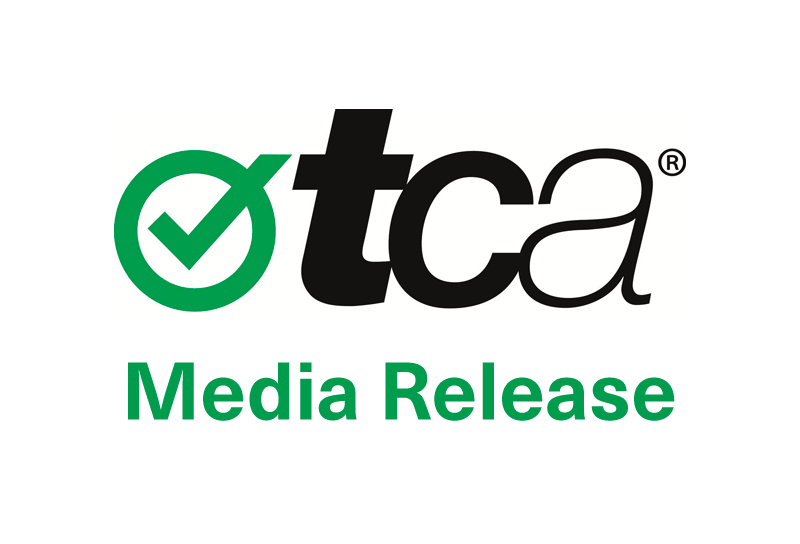TCA working on interoperability of fatigue monitoring devices

Transport Certification Australia (TCA) has announced that it is leading work to facilitate the interoperability of fatigue monitoring devices and telematics In-Vehicle Units (IVUs).
Fatigue monitoring devices, which broadly include systems and services which detect driver drowsiness, are being adopted across the heavy vehicle industry to proactively manage driver fatigue.
The A/Chief Executive Officer of TCA, Paul Corkill, said, “It may surprise many that these devices communicate between – and share data with – Telematics IVUs in a variety of different ways.”
“It’s possible, therefore, that each fatigue monitoring device may have its own way of interfacing with Telematics IVUs”.
“This lack of interoperability reduces the ability for transport operators and drivers to move seamlessly between the use of different devices and services – restricting flexibility and choice.”
“Telematics IVUs are a technology ‘hub’ in vehicles which integrate functions offered by other intelligent systems and devices – such as electronic user interfaces, dispatch systems, On-Board Mass (OBM) systems, and fatigue monitoring devices.”
“TCA’s work to provide fatigue monitoring device interoperability can be progressed because of the availability of the National Telematics Framework – the government-endorsed digital business platform for telematics and related intelligent technologies – which supports the availability of telematics applications with different levels of assurance.”
“Achieving interoperability between fatigue monitoring devices and telematics IVUs can be achieved by referencing common components of the National Telematics Framework, including the Telematics Data Dictionary, the Telematics Data Exchange and the common business rules of the Framework.”
“In consultation with stakeholders, it is envisaged that an interface specification will be developed which offers standardisation and interoperability, providing a ‘plug-and-play’ approach” said Mr Corkill.
TCA will work with a diversity of stakeholders to progress this work, including providers of telematics devices and services, providers of fatigue monitoring devices, road and transport agencies, regulators and industry associations.
The Victorian Transport Association Chief Executive Officer, Peter Anderson, said, “Technology has enormous potential to improve safety and reduce risk for heavy vehicle operators and road users in general.”
“The ability to provide drivers with notifications and warnings that they may be tiring through the use of technology and in-vehicle devices will significantly reduce fatigue-related incidents, and we applaud the work that TCA is doing to improve interconnectivity of fatigue monitoring devices,” said Mr Anderson.
Ben Maguire, Chief Executive Officer of the Australian Trucking Association, welcomed the TCA’s support for increasing interoperability.
“As an industry, we need technologies that will disrupt current thinking and empower drivers to manage their own fatigue. TCA’s work on interoperability will reduce the risk and cost of rolling out fatigue monitoring devices, and encourage their use,” said Mr Maguire.
This initiative from TCA complements the National Transport Commission (NTC) Heavy Vehicle Driver Fatigue research project, which is being progressed in conjunction with the Alertness Cooperative Research Centre (CRC).
“This is an important, strategic initiative to ensure an open, interoperable marketplace of devices, which minimises the barriers to the widespread adoption of fatigue monitoring devices,” said Mr Corkill.